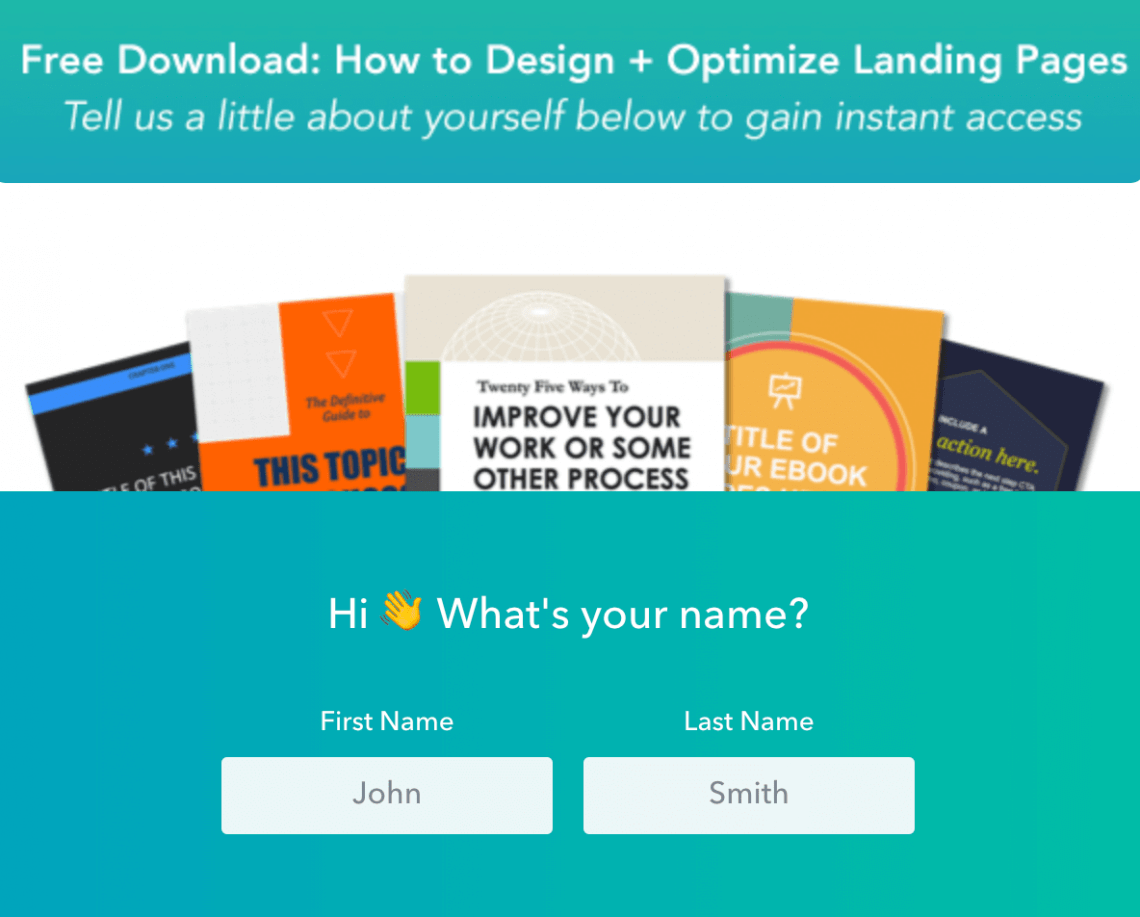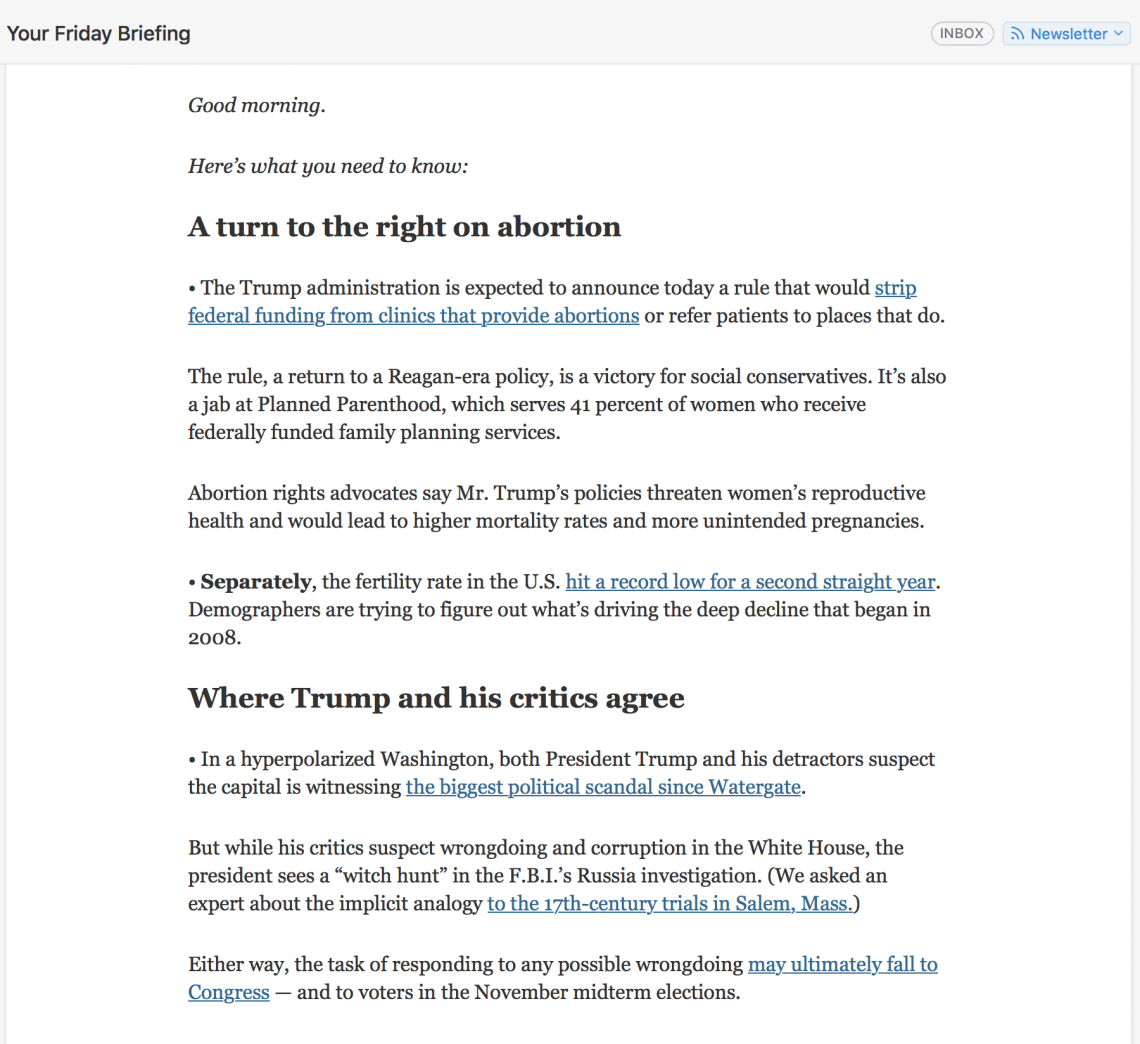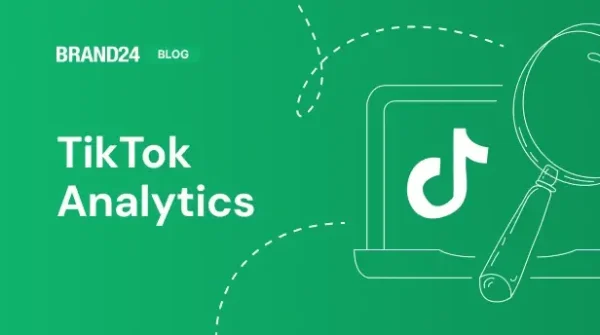How to Generate Buzz with Email Marketing Campaign
You’ve got mail! Do you remember the excitement of the early days of the Internet when we all set up our first email addresses and checked them on a regular basis? I do! The web has changed enormously since then. We now have Facebook, Instagram and Twitter that generate so much buzz we need other apps to tone it down. If you’re looking for a way to have your voice heard in all the noise, email marketing is something for you.
Emails have a lot of advantages over other forms of messaging, but one is crucial – they are not as ephemeral as DM on social media channels.
Have you ever tried to find that one private message on Instagram you’ve received a couple of months back? I did, and I gave up after half an hour.
Moreover, if executed well, an email newsletter can be much more personal than an automated Facebook message, especially with the growing presence of bots.
A well-written customised email will generate more buzz than some generic advertisement. According to Marketing Land, personalised emails deliver six times higher transaction rates, but 70% of companies failed to use them.
Most of us already suffer from banner blindness, so traditional methods of advertising aren’t as effective as they used to be. If you’re looking for an alternative or an addition to your strategy, email marketing might be an answer.
An email campaign is also an invaluable alternative to online ads. We all tend to think that our marketing campaigns are so extraordinary, but the hard truth is that there are not. I could probably name few compelling campaigns, but that’s just my professional flaw. For people working in other fields, it’s probably just white noise.
How to conduct a successful email campaign?
So you’ve decided to go for it, and send regular messages to your subscribers. What are your first steps? There isn’t any space for mistakes. If you discourage your clients from signing up in the beginning, they won’t come back to you later. It sounds stressful, but with this short guide, you have almost nothing to worry about.
Ask for permission
A bulletproof email marketing campaign starts with building a list of mail addresses.
There’s no easy way to create one – you have to get permission from every user separately.
And shortcuts won’t work. I know it’s tempting to add all customers’ addresses you already have in your database, but that’s a very short-sighted approach. Most of your clients will unsubscribe right after the first email they didn’t explicitly sign up for.
Provide content that matters
So how do you trick people to sign up for your newsletter? Well, the point is NOT to trick them at all.
Prepare a piece of content that matters to them. It can be an ebook with the knowledge you gathered while running your business, a list of tools you use on a daily basis and can vouch for or a discount code. I usually sign up for discount offers and stay with the company if their mailing is interesting.
Here’s an example of Beardbrand content. As a thank you gift, every subscriber gets a 10-day course on how to take care of their beard. I’m married to a beardman and in his expert opinion, all the tricks and tips are priceless.

Be transparent
Try to present all the information in a clear and precise manner. Your customers would like to know how often they will receive emails, what kind of information the emails will entail and what are the benefits of subscribing to your list.
Provide all the essential information on one landing page. Companies use different landing pages templates, but they share some common characteristics:
- Avoid distractions. Don’t crowd your page with unnecessary content. Visitors should know right away what they have to do and what they will receive in return.

- Build trust. Include testimonials from satisfied customers (by the way, do you know you can easily do it with our widget?) or simply add trust badges
- Choose the right keyword. You have to optimize your landing page according to SEO rules, so Google algorithms set it on the top of their search results
- Describe the benefits your product offers. It’s not enough to describe the features, you have to show what value will your customer get if they sign up for your email
- Design an aesthetically pleasing website. It would be great if you could visualize the benefits of using your product.
- Over 15% of all B2B email messages are missing or landing in the spam folder. Take care of your email deliverability and verify your filthy email list before pressing the “send” button.

Keep your promises
Finding the golden balance of frequency of your emails is essential in keeping your subscribers happy. Sending too many emails will be considered spam, but sending too few and you’re also setting yourself up for failure. Based on your call to action your readers might expect regular updates about your product or service, and it’s up to you to deliver on your promise.
Expose your plans in the introductory email. The follow-up email should be sent immediately after the registration process is completed and provide details on:
- How often will you send a newsletter
- What kind of content you’re going to deliver. Is it going to be a recap of your blog posts? Information about upcoming events? Product updates and how-tos? We’ll discuss all the specific ideas later on
- Clear opt-out button. The ideal situation is when you don’t have customer churn at all, but if someone wants to unsubscribe, you should make the process as painless as possible.
Work with an autoresponder
Autoresponder tools will help you achieve your email marketing goals much faster. They will help you nurture your leads and increase the conversion of leads into customers.
Moreover, with the help of the right tool, for example, Sender, creating an autoresponder is a piece of cake!
Check analytics and perform customer segmentation
Analytics should be an inseparable part of all your marketing efforts, and that includes email campaign. There three metrics you should focus on: open rate, CTR (click through rate) and unsubscribes.
Low open rate usually means that your content is not meeting your customers’ expectations. You can deal with it in two ways – either pimp up your content or manage expectations of your clients. There’s nothing wrong with delivering quality mail bi-weekly or monthly. If you don’t have the resources, create one newsletter, but make it an amazing one.
Low CTR indicates problems with message targeting. When people receive information there not interested in, they won’t check out the whole message on your website. Either improve your copy or split your email list into more targeted groups. Some people would like to get info only about product updates or your recent blog posts. Or receive it daily, instead of weekly. More targeted communication will allow your customers to choose exactly what they want to receive and how often.
And there’s the most worrying metrics – unsubscription rate. If it’s too high, you need to examine your whole customer funnel and determine where exactly you’re losing clients. You might need to re-work the way you present your offer or fix your original call to action. Anyway, that’s a major problem, which needs a deep analysis and immediate correction.
What does your audience want to hear?
Have you ever struggle with content ideas? When you’re exploring the digital marketing world, you’ll suffer from it sooner or later. We can’t get the ideas for you but, hopefully, this guide will provide you with some inspiration.
Company information
Give your company a human face. You can introduce members of your team or share some personal stories. Show your customers some behind the scenes footage from your company; that way they identify more with your brand and will probably choose it over your competition.
Storytelling can be a great opportunity to share some of the content you create for your blog. This is a great reminder to your readers about all the articles you publish. Just remember not to spam your subscribers. It’s better to err on the side of caution than to recklessly send notifications every chance you get.
Product updates and how-tos
That’s my favourite type of newsletters. I love trying out new features, and I’m excited to get this type of email in my mailbox.
Try to keep it short and to the point and list not only the technical specification; rather focus on the benefits for customers.
Take a look at an email my colleague Tom sent earlier this week when we released a new feature called “Locations”. The subject line clearly states what the buzz is all about and it’s only getting better. The message is short and shows point by point how to use the feature.

And by the way, did you notice the sender of the email? It’s “Tom from Brand24”, not standard first+last name. We did some A/B testing and it turned out our customers are more likely to open messages when to company name is mentioned.
Support
Your customers might be experiencing problems with your product or service you’re not even aware of. Social monitoring is handy when it comes to spotting all the relevant questions people ask on the Internet.
A tool, for example, Brand24, will collect all the mentions from the Internet in one dashboard. That way, you can easily spot any recurring issues customer have with your product and you can address them in a series of emails.
Start a media monitoring project! Set up a 14-day free trial account (no credit card required).
Currently trending topics
It’s hard to keep up with all the current trends in the digital, always-on world. You can help your clients out and synthesise the most crucial topics.
I’m a huge fan of the New York Times newsletters, especially the daily briefings.
Do you know the days when you get caught up at work and simply don’t have time to check Facebook and Instagram (obviously, the nightmare came true!), not to mention any news site? Here’s where a recap of trending topics and news comes in handy.

Collecting all the data doesn’t have to be difficult. If you set up a project in Brand24 and specify the keywords, the tool will gather all the mentions on the Internet.

I’ve recently started following all the information about Universal Basic Income, and media monitoring tool has proven extremely helpful.
I start my day with a cup of coffee and Brand24 dashboard, and I have a feeling that I’m up-to-date with all the latest developments. What’s more, Brand24 provides metrics about the collected mentions. I can examine news from one domain, from a specific period, or only ones that generated negative or positive buzz.
Numerical data can be interesting for your subscribers. We published a story from Social Media Marketing World conference, and our readers found the numbers (social media reach, numbers of positive and negative mentions) extremely interesting.
The data gathered in UBI’s project is definitely attractive for the social scientists, as it gives some additional insights and data for further analysis.
Successful email marketing campaigns can do wonders for your business. The bottom line is to provide content your audience finds useful.
HANDPICKED RELATE READ
- The golden rules of PR crisis management
- How to measure PR campaign?
- 10 affordable news monitoring tools to keep you in the know
Related articles

![10 Key Social Listening Metrics You Should Track [2025]](https://brand24.com/blog/app/uploads/2025/07/social_listening_metrics_digital_marketing_blog_cover_615x345-600x335.webp)


![4 Most Important Boeing Competitors in 2025 [Detailed Comparison]](https://brand24.com/blog/app/uploads/2025/04/boeing_competitors_digital_marketing_blog_cover_615x345-600x335.webp)
